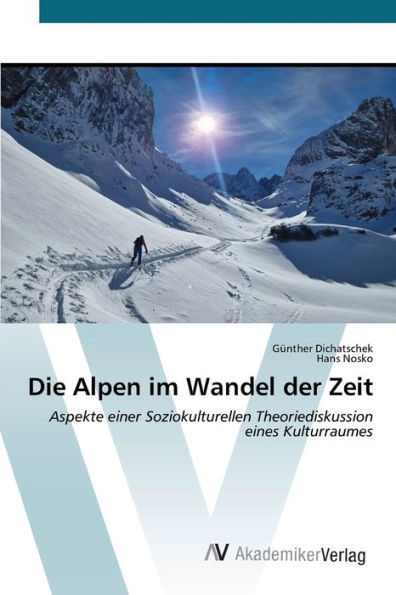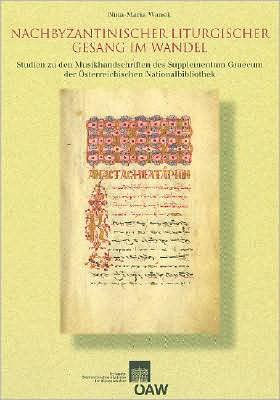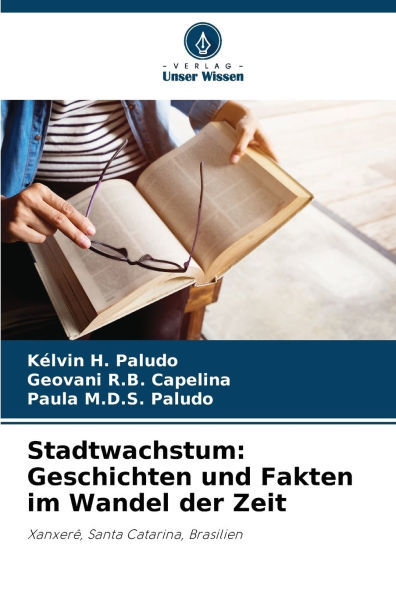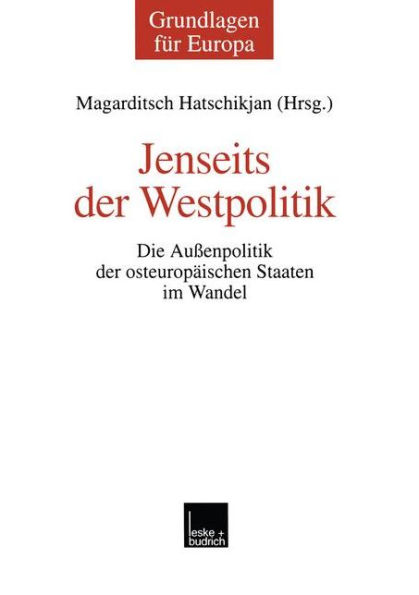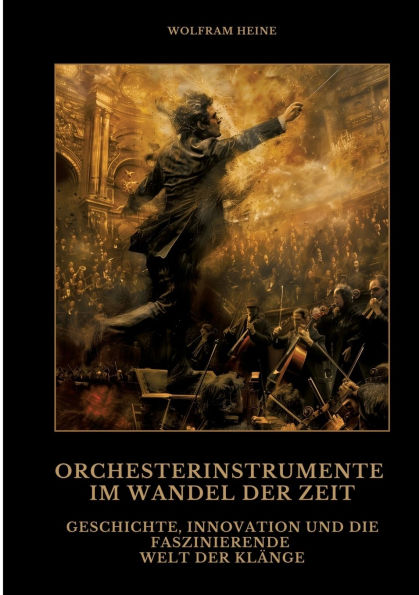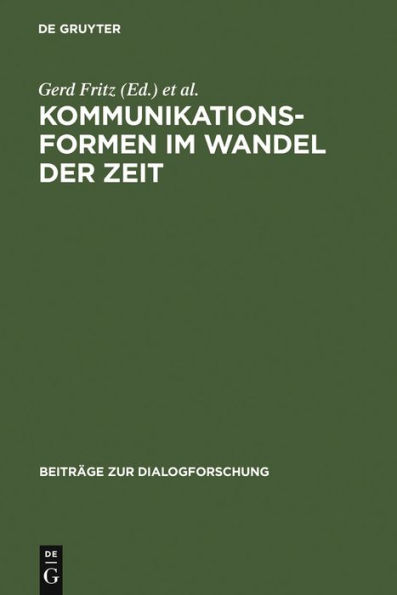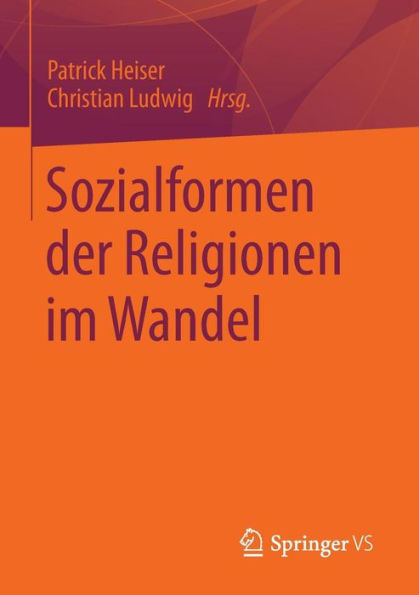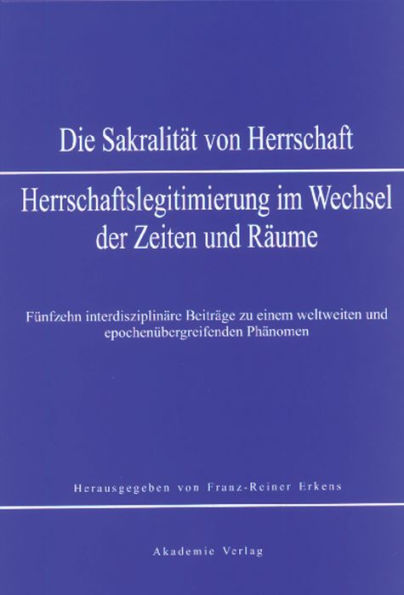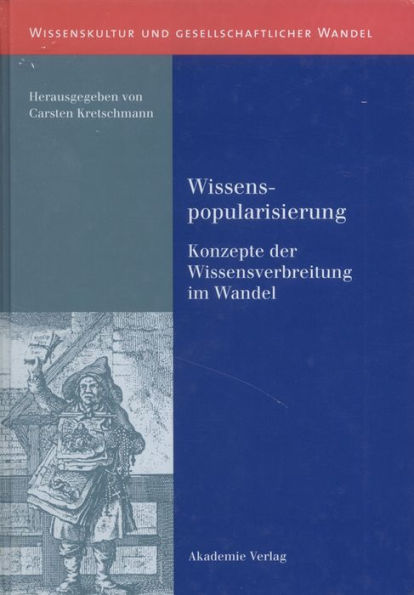Home
Die Qualifikationsstruktur der osterreichischen Bevolkerung im Wandel: Analyse und Computersimulation des Schulsystems und der Qualifikationsstruktur der Bevolkerung
Barnes and Noble
Loading Inventory...
Die Qualifikationsstruktur der osterreichischen Bevolkerung im Wandel: Analyse und Computersimulation des Schulsystems und der Qualifikationsstruktur der Bevolkerung in Franklin, TN
Current price: $54.00
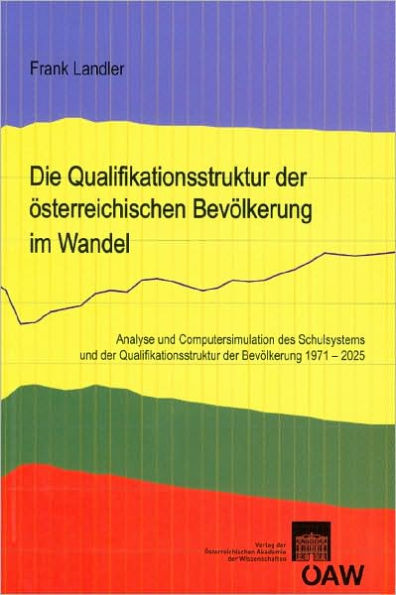
Barnes and Noble
Die Qualifikationsstruktur der osterreichischen Bevolkerung im Wandel: Analyse und Computersimulation des Schulsystems und der Qualifikationsstruktur der Bevolkerung in Franklin, TN
Current price: $54.00
Loading Inventory...
Size: OS
Although the training and professional qualifications of the Austrian population has improved immensely during the last thirty years, Austria still does not number among the leading nations of the world with regard to either the structure of qualification within the population or the underlying education system. Through this period, the majority of the progress in qualification was due to the female population. Women made increasing use of educational opportunities, whereas the rate of male higher education began to slow. When looking at the average of 18 to 20-year-olds, the proportion of female Matura degree holders (i.e. secondary school graduates with university entrance qualification) rose from 15% in 1971 to more than 45% in 2001 - a considerably higher increase than for males (who went from 17% to 40%). In 1971, the percentage of mean-aged female university graduates was 2.3%, growing to 4.5% in 1981, 6.0% in 1991 and an impressive 12.6% in 2001, whereas the corresponding percentages for males between 1981 (7.8%) and 2001 (7.2%) even showed somewhat of a decline. Only with the establishment of the "Fachhochschulen" (i.e., universities of applied sciences or polytechnics) was there a noticeable increase in the proportion of male graduates. Nevertheless, it should be mentioned that the enormous increase in women's participation in education has been characterised by a rather restricted choice of institutions and fields of study. With a corresponding delay, the qualification structure of the population as a whole has improved as well.
Although the training and professional qualifications of the Austrian population has improved immensely during the last thirty years, Austria still does not number among the leading nations of the world with regard to either the structure of qualification within the population or the underlying education system. Through this period, the majority of the progress in qualification was due to the female population. Women made increasing use of educational opportunities, whereas the rate of male higher education began to slow. When looking at the average of 18 to 20-year-olds, the proportion of female Matura degree holders (i.e. secondary school graduates with university entrance qualification) rose from 15% in 1971 to more than 45% in 2001 - a considerably higher increase than for males (who went from 17% to 40%). In 1971, the percentage of mean-aged female university graduates was 2.3%, growing to 4.5% in 1981, 6.0% in 1991 and an impressive 12.6% in 2001, whereas the corresponding percentages for males between 1981 (7.8%) and 2001 (7.2%) even showed somewhat of a decline. Only with the establishment of the "Fachhochschulen" (i.e., universities of applied sciences or polytechnics) was there a noticeable increase in the proportion of male graduates. Nevertheless, it should be mentioned that the enormous increase in women's participation in education has been characterised by a rather restricted choice of institutions and fields of study. With a corresponding delay, the qualification structure of the population as a whole has improved as well.
